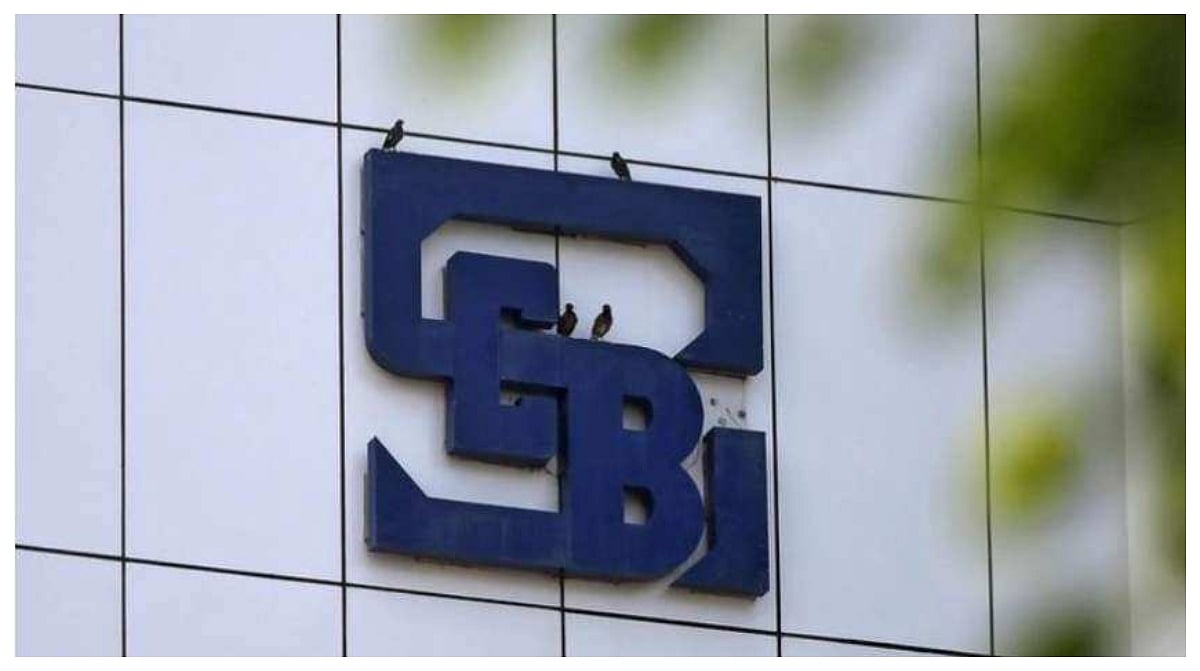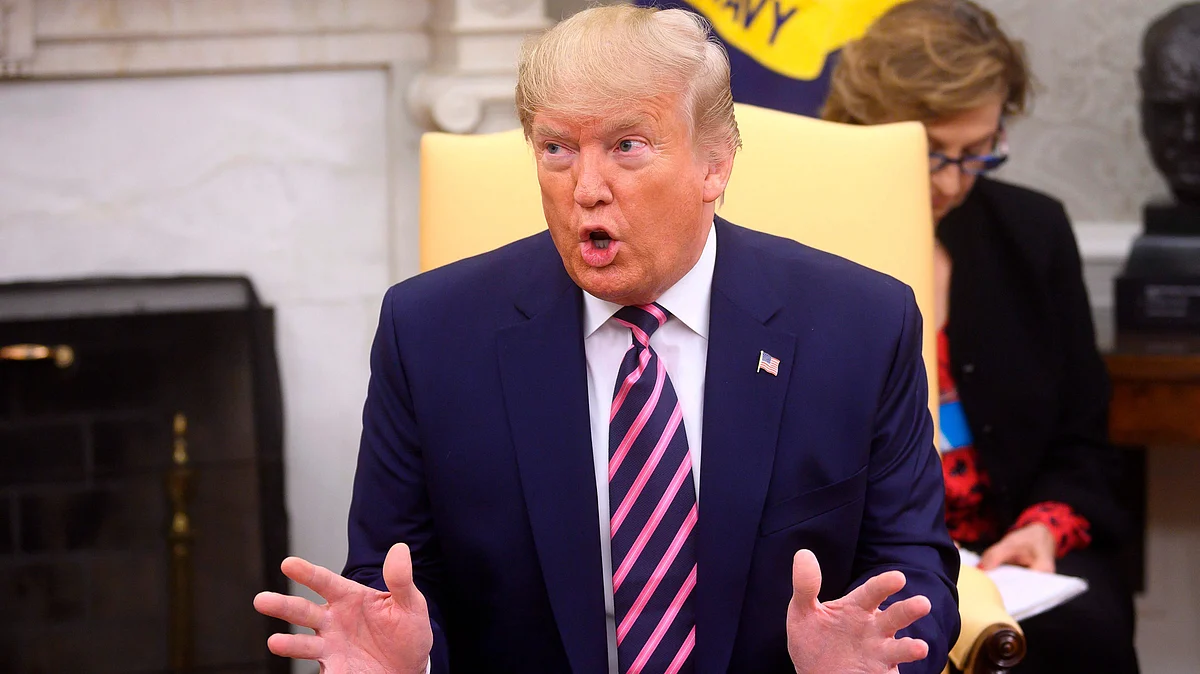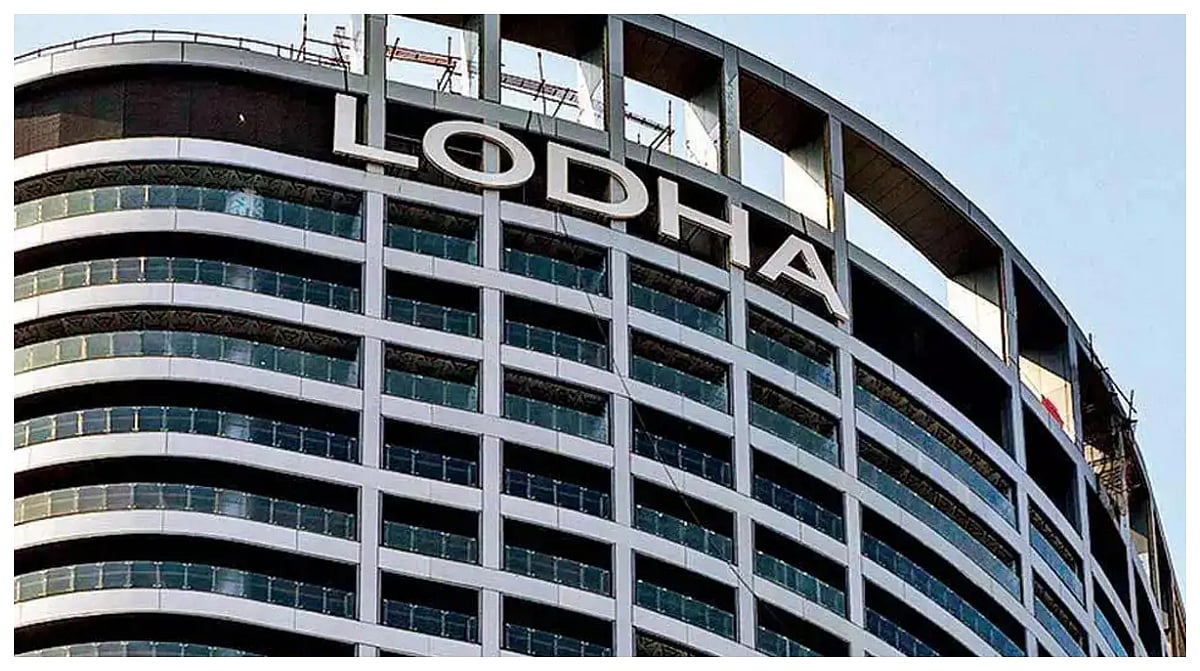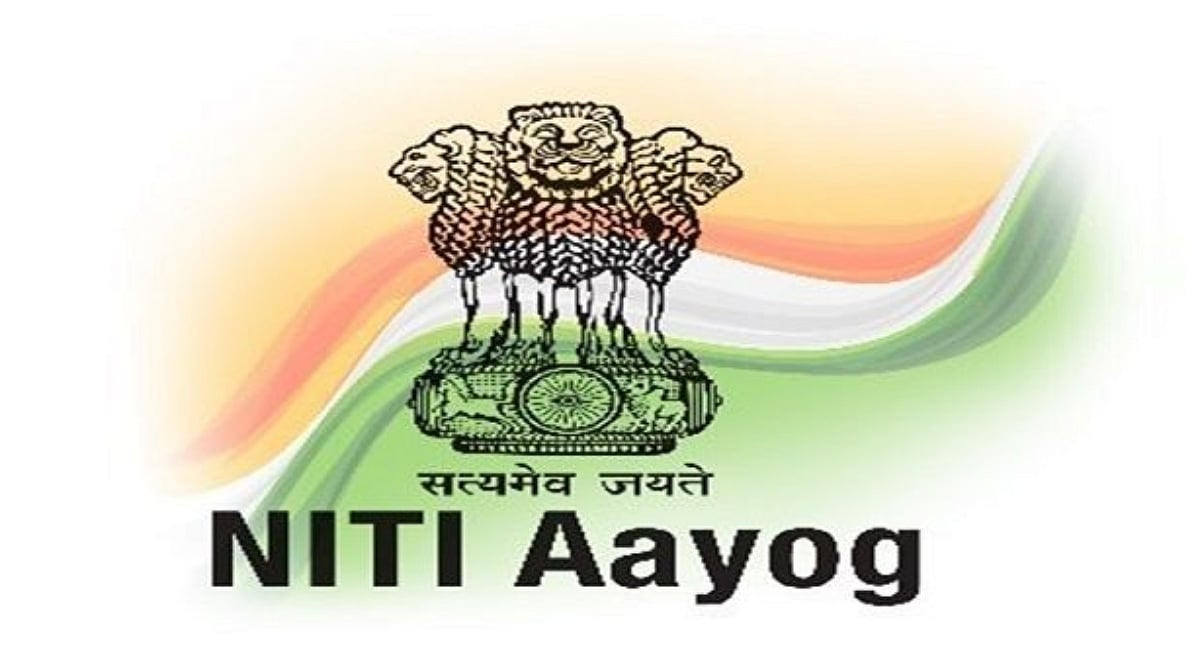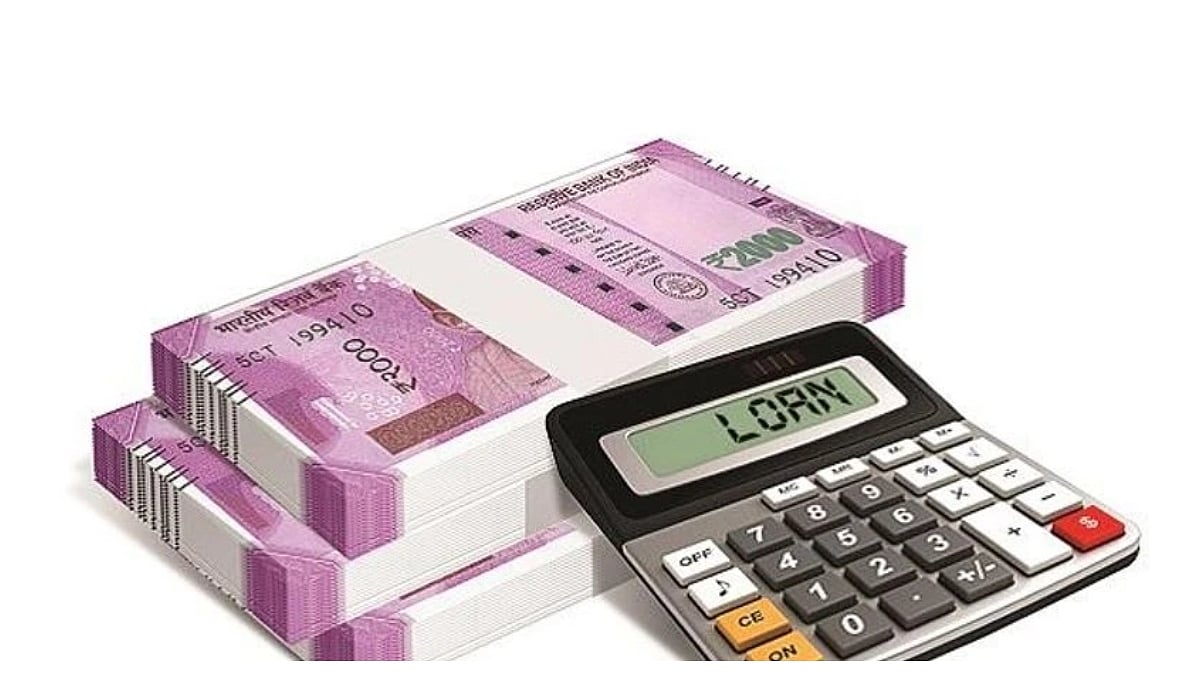The benchmark indices plunged deeper since the opening of trade on the bourses on February 24. At 11.06 AM, the benchmark Sensex was down 2.91 percent or 1,666.71 points at 55,565.35. The broader Nifty50 was 2.88 percent or 491.15 points down at 16,572.10.
Markets spooked
The increase in hostilities by Russia has expectedly spooked the global markets. While a fall today is a reaction to this development, markets anyway have been factoring such a development, said Deepak Jasani, Head of Retail Research, HDFC Securities on today’s market crash. In that sense a short-term bottom may happen over today or tomorrow. However the repercussion of these actions in terms of impact on commodity prices, including crude, supply disruptions and the sanctions that can be levied by the western nations remains uncertain and could result in next leg down after a brief recovery.
Investors should not panic
Russia has launched an armed forces attack on Ukraine and the event has sent shockwaves across the world. Indian markets have not been immune to the same and have witnessed a massive selloff. This is a time when investors will be tested for their patience and discipline. Markets are choppy and will probably remain this way for some time, but that should not deter a serious investor. The underlying reason for remaining long on India (as an investment) remains strong, said Nitasha Shankar, Yes Securities.
Shankar explained why there is no need to panic and it is the time go long on India:
Balance Sheets stronger-than-ever: India’s corporate health is the strongest in a long time - deleveraging has been seen across sectors and cash reserves have surged. As a result corporate confidence is high.
Promoters are optimistic about the business potential: This reflects in the increasing promoter holding in NIFTY 500 over time, increasing from 32 percent to 45 percent over the last decade. Interestingly, post-Covid, promoters have increased stake by 3 percent
Private capex cycle is making a come back
Public capex still strong with the Government giving an impetus even in the recent Union Budget. The budget has put in place a virtuous cycle that we expect would drive a multiyear growth cycle by focusing on (1) sustaining economic recovery through demand-side measures and (2) supply-side reforms with the objective of kick-starting the investment cycle and encouraging private sector participation 3) announcing benefits directed towards domestic production and manufacturing especially in emerging sectors like clean energy, etc. , which is critical for India’s medium-term growth prospects.
China plus one strategy is helping drive demand in specific sectors
PLI scheme is a big game changer that is encouraging and supporting domestic production
Green energy transition for India is opening up a whole new investment opportunity for the investors
Moving in and out of investments based on undue reliance on recent performance is likely to result in excessive trading and inferior performance results. This is the time to revisit the basics, have confidence in the long term potential of India and remain invested in the same.
Meaningful correction in market
We are seeing the first meaningful correction in the market after a strong performance in 2021, said Parth Nyati, Founder, Tradingo. A correction was due where geopolitical tension has become an excuse for this correction. Inflation and rising interest rates are the major concerns for equity markets and geopolitical tension is increasing the risk of inflation as energy prices are rising.
Anecdotally, such kinds of geopolitical issues provide a good buying opportunity for the long-term investors and we are in a structural bull run that is likely to continue for the next couple of years where intermediate corrections will be part of this journey. Long-term investors should not panic and look for buying opportunities from lower levels where the domestic economy facing sectors like capital goods, infrastructure, real estate, financials should be on investors' radar.
Technically, Nifty has slipped below its 200-DMA which may lead to further weakness towards the 16,000 level while 16,400 is an intermediate support level. We can expect a bounceback from the 16,000 level but confidence will back only if Nifty manages to cross the 17,200 level. If Nifty breaks the 16,000-level then the worst-case scenario could be 14,000 but still we will remain in a long-term bull market.
Banknifty has also slipped below its 200-DMA where 35,500 is the next important support level while 34,000 is the next major support. On the upside, it has to cross the 37,500 level to gain any strength.
Gold prices up
The Russia-Ukraine standoff has escalated into a full-blown war with Russian missiles hitting Ukrainian military command centres and the Ukraine government announcing a full-scale invasion attempt underway. The steep decline in broader indices globally has reflects panicked investor sentiments. Safe haven asset gold’s prices have been climbing consistently amidst the war as global capital seeks refuge.
Crude prices soar
Given India’s negligible dependency on Russia for its crude import requirements, India stands pretty insulated against the direct impact of supply-chain disruptions, said Nirav Karkera, Head of Research, Fisdom. However, given Russia’s dominance in global crude supply, a suspension in production activities by Russia will impact global prices of crude with an impact also applicable to India.
Crude prices have breached the $100/bbl mark for the first time in almost eight years. Versus 2014, when crude prices breached the $100/bbl mark last, India’s current account deficit situation is marginally better with the deficit pegged at 1.3 percent of GDP in the previous quarter versus 1.6% in the corresponding period of 2014. However, this does not make the CAD any less susceptible to pressure that will be exerted by elevated crude prices. While the impact may not really be comparable to 2014 given a different context, it sure will have an adverse impact on the account from where we stand today.
Forex reserves improve
Our forex reserves have improved to almost twice of what we had in 2014 with a relatively higher import bill coverage. The inflation situation sure is precarious and the crude saga will only add to the pain, but with the government having the ability to moderate impact through reduction in duties, some impact can be absorbed. Indian macro-economics have strengthened significantly over eight years but is not quite immune to steep increases in crude prices, said Karkera,.
The India VIX is signalling heightened volatility while it floats at levels unseen in almost 20 months. The newsflow on the escalated geopolitical upheaval has unfortunately coincided with the F&O expiry which has only added to the frenzy on D-Street.
While the current situation clearly reflects the immediate reaction to escalated war tensions, the next leg of reactions will be decided basis information on how does the US and NATO decide to react to the development. While sanctions are going to be bad, military intervention would be worse for global economics. There’s a slim chance that the next episode would be of de-escalation and diffusion of the tension basis amicable diplomacy. The bad news is that things could probably get worse before it gets better, but the good news is that now would be a good time to revisit high-conviction ideas and also build positions if the fundamentals seem relatively insulated against the crisis.

